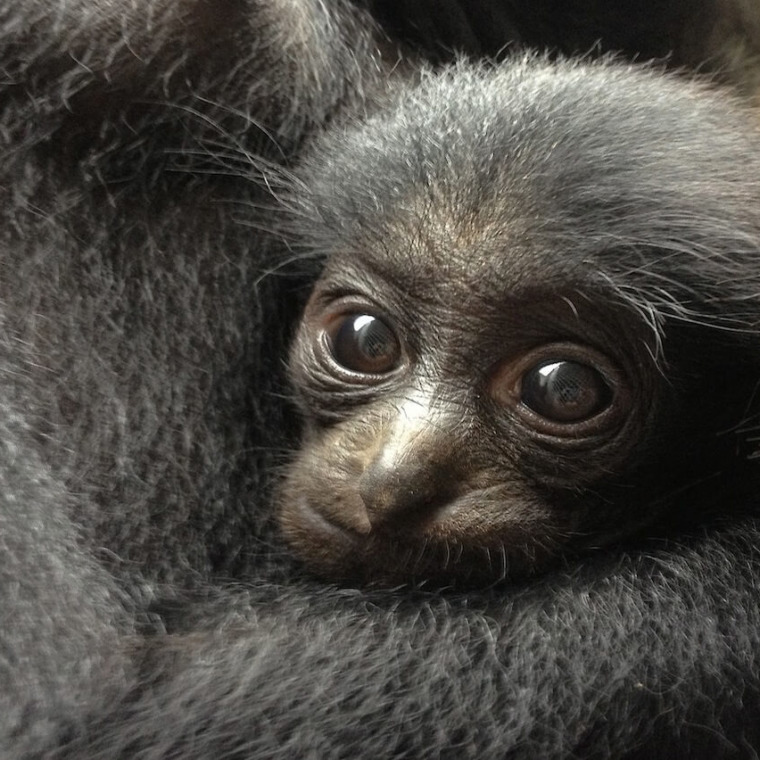tyto alba
Barn Owl
About Me
Scientific Name: Tyto alba
Description
These nocturnal predators are easily identified by their heart-shaped faces. Backs are generally brown or tan, and their undersides are completely white. Unlike most birds, feathering extends all the way to their feet. Special feathers on their wings allow them to fly silently to better ambush their prey.These nocturnal predators are easily identified by their heart-shaped faces. Backs are generally brown or tan, and their undersides are completely white. Unlike most birds, feathering extends all the way to their feet. Special feathers on their wings allow them to fly silently to better ambush their prey.
Fun Facts
- The barn owl is the most widely distributed species of owl and one of the most widespread of all birds.
- The barn owl is nocturnal over most of its range, but in Britain and some Pacific islands, it also hunts by day.
- Kingdom: Animalia
- Phylum: Chordata
- Class: Aves
- Family: Tytonidae
- Order: Strigiformes
These nocturnal predators are easily identified by their heart-shaped faces. Backs are generally brown or tan, and their undersides are completely white. Unlike most birds, feathering extends all the way to their feet. Special feathers on their wings allow them to fly silently to better ambush their prey.
Like all raptors, Barn Owls are carnivorous. As predators, they specialize in taking small animals, especially rodents.
Barn Owls are found throughout the globe, in Europe, Africa, Asia, Austrailia, and the Americas. They can inhabit a wide range of ecosystems, so long as there is ample cover and abundant prey.
The preferred hunting method for this bird is to scan a favored hunting territory from a high perch, remaining almost stock-still and letting the potential prey reveal itself. Once a target is located, the owl swoops in from behind and strikes with its long, sharp talons.
Breeding occurs year around and several broods may be raised in a year. Eggs are laid in natural or man-made cavities such as tree holes, caves, or under bridges. In some cases, parents will dig holes for themselves along river banks. Females are responsible for incubating the eggs for about one month until they hatch. During this time, the male is tasked with providing enough food for her, and eventually the chicks as well. Two weeks after the eggs hatch, the female also hunts to feed the young. At about two months of age, the chicks fledge. Although able to take care of themselves, the young will often return to the nest to sleep for several more weeks.
Barn owls are abundant world wide and are not threatened with extinction.
Our Barn Owl, Bubo-no-no, was brought to us as a chick by the Hawaiian Electric Company. Because Barn Owls do not belong in Hawaii, he was given a permanent home at the Honolulu Zoo.
Other Mammals

Sacred Baboons are common throughout northeastern Africa, but are extinct in the Nile region and Egypt, where they originally received their name and were worshiped by the ancient Egyptians.

Bongo are most active at dawn and dusk, and often forage near the edges of wooded areas. They normally shy in the wild and flee into the forest for cover at the slightest provocation.

The North African crested porcupine is nocturnal. They are very adaptable and can be found in forests, on plantations, in rocky or mountainous areas as well as in deserts.

Sloths are found in Central and South America in the rain forest canopy. The Linne’s two-toed sloth is found in such countries as Nicaragua, Columbia, Venezuela, Surinam, Guyana, French Guiana, North Central Brazil, and Northern Peru.

Siamangs range through southeastern Asia and are found in some numbers in the Malay Peninsula and Sumatra.



